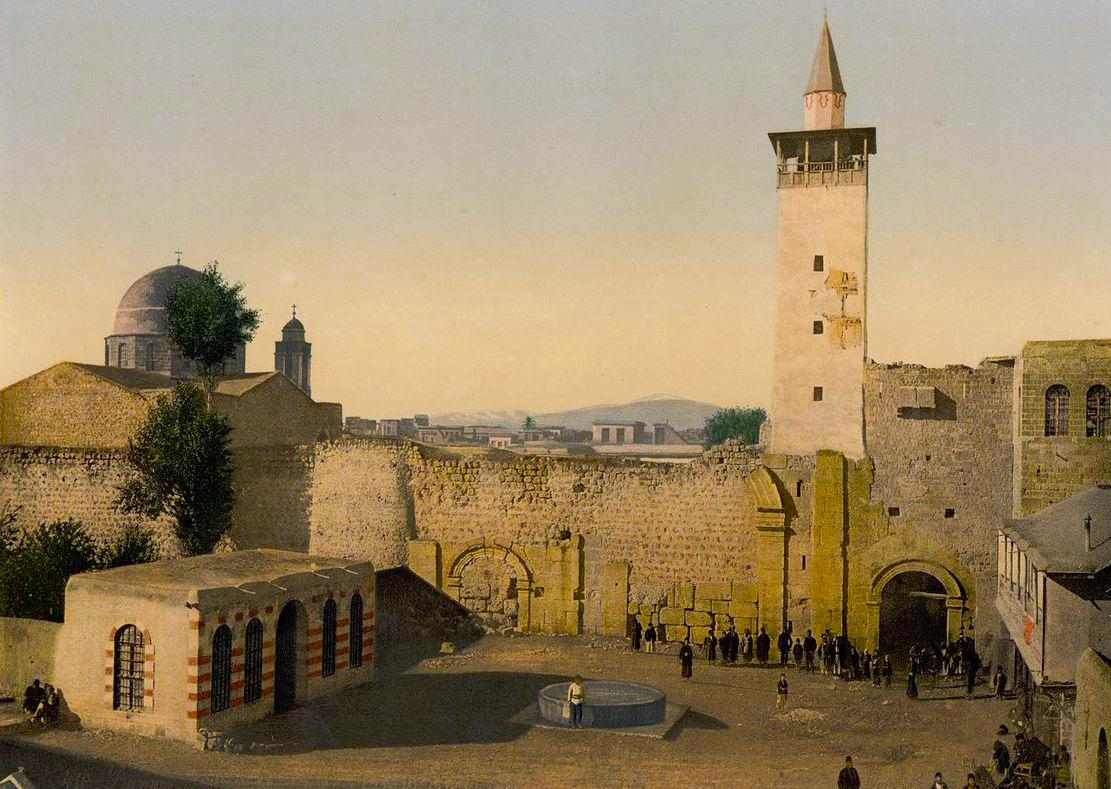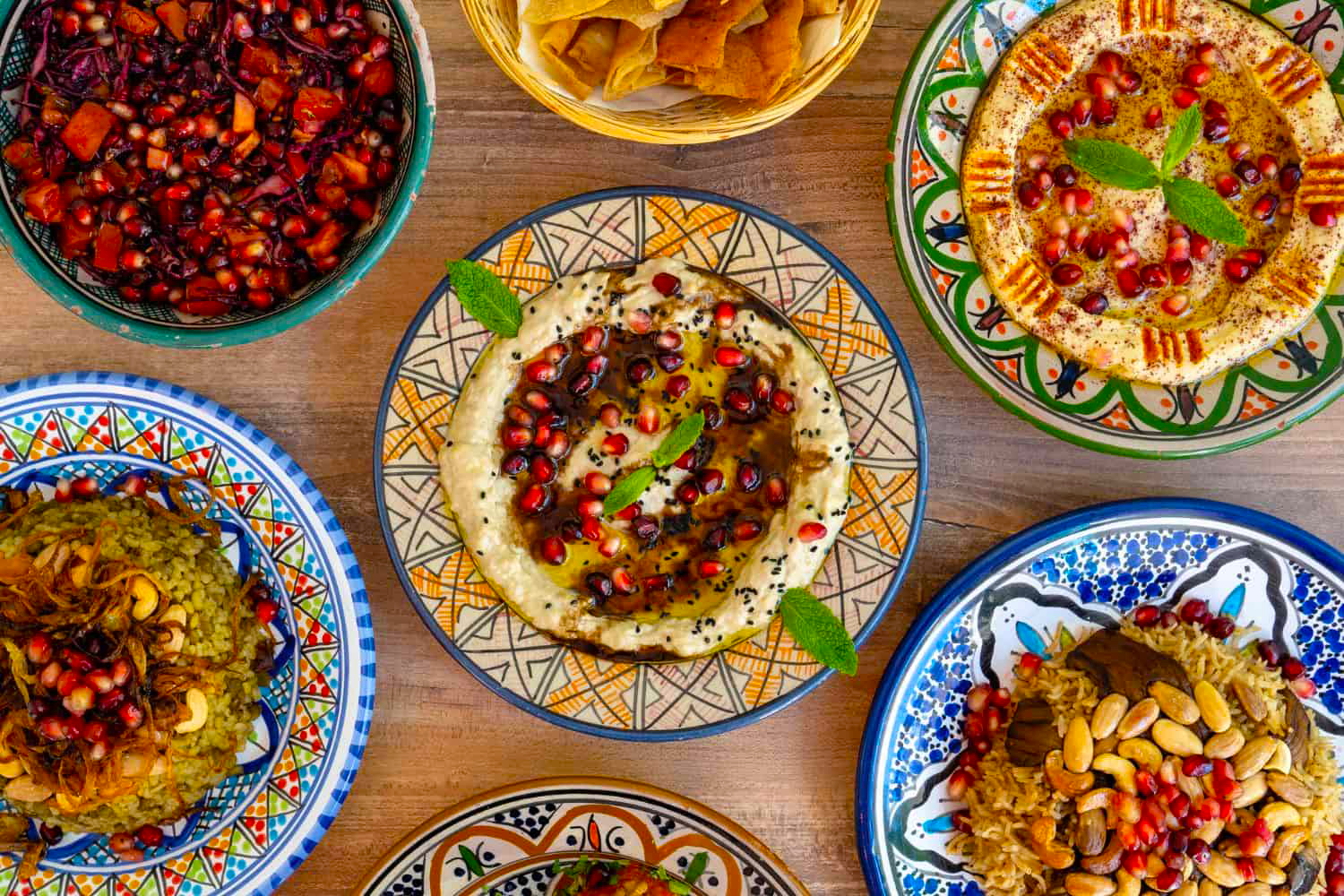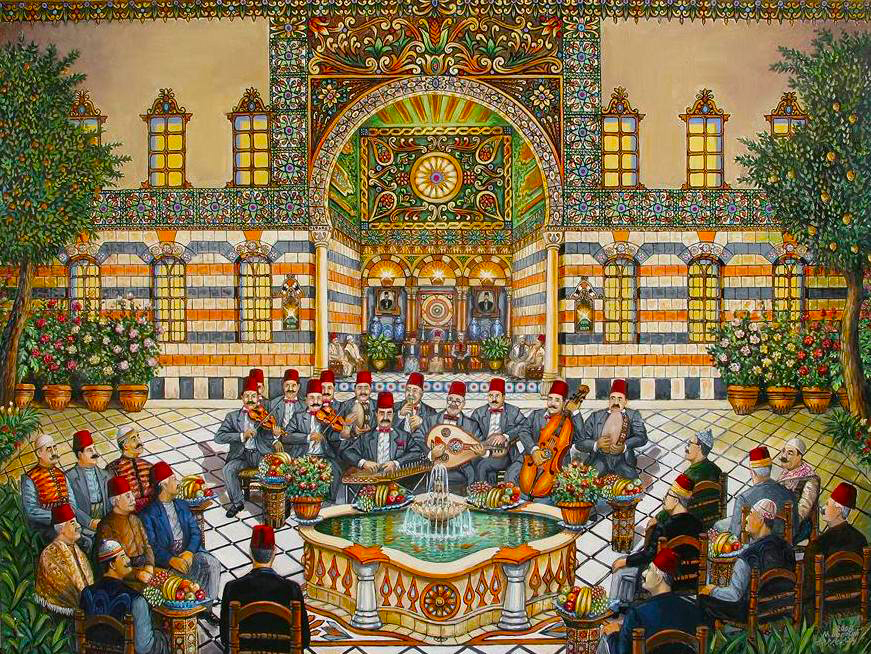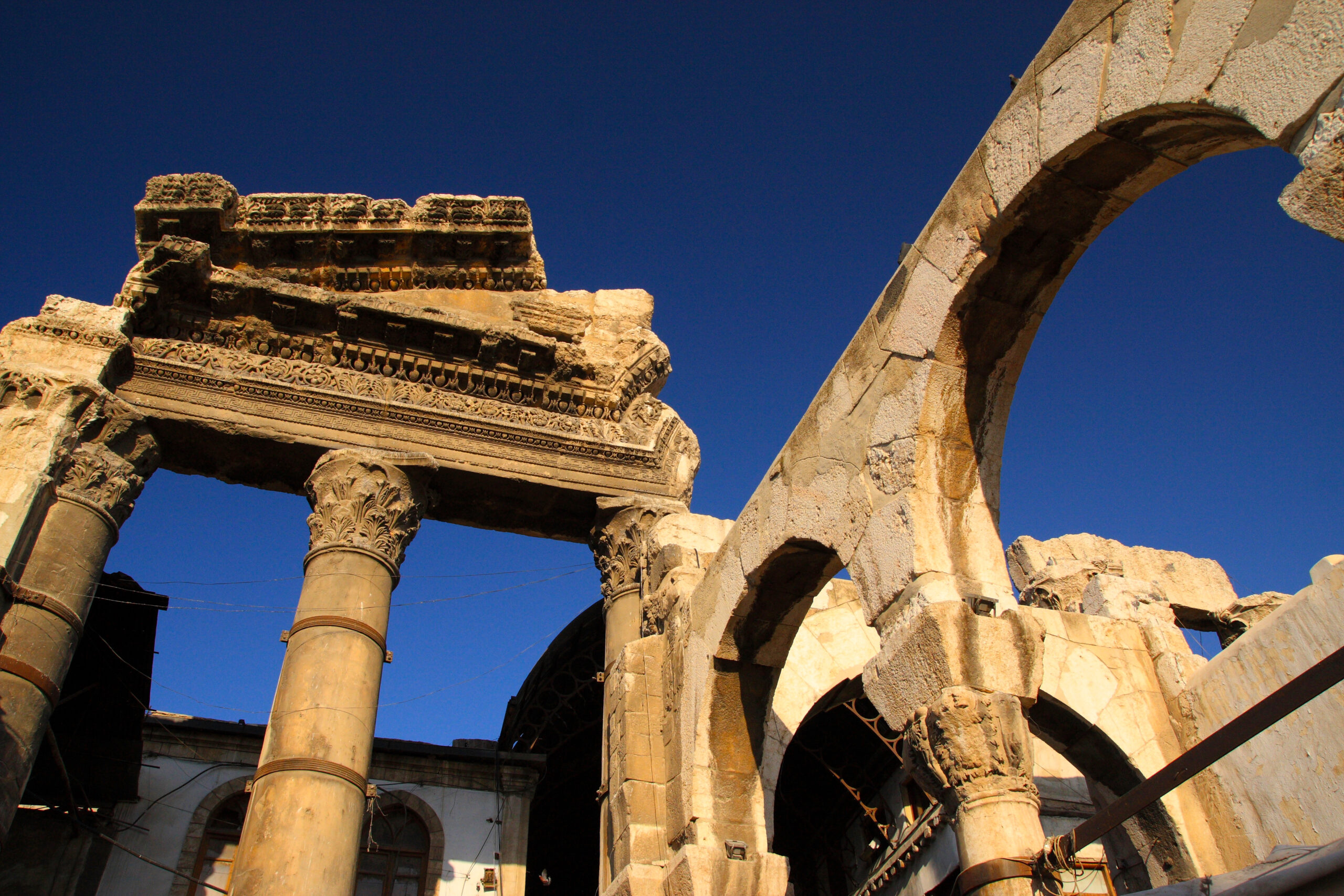Suweida Sights: Nestled in the volcanic highlands of southern Syria, al-Suweida is a province shaped by black basalt stones, ancient civilizations, and a deeply rooted Druze heritage. While it may lack the bustling old cities of Damascus or Aleppo, it offers something quieter yet equally valuable — a network of historic villages and sites, each carrying centuries of memory, resilience, and cultural beauty. In this article, we explore some of al-Suweida’s most remarkable heritage landmarks, focusing on timeless villages such as Shaqqa, Salkhad, Salim, Sia, Atil, al-Mushanaf, Busan, al-Qaraya, Heit, and Hayat.
Shaqqa – The Roman Elegance
Once known as Maximianopolis, Shaqqa is one of the most important Roman sites in southern Syria. Its well-preserved structures include a Roman theater, large paved streets, and the Temple of Zeus Megistos, featuring grand columns and inscriptions. The town played a key role in the province of Arabia Petraea during Roman rule. Today, visitors can walk through ruins that feel untouched by time, with black basalt stone echoing the grandeur of a lost empire.
Shaqqa also boasts early Christian remains, Byzantine churches, and underground cisterns that testify to a thriving ancient life. For any history lover or archaeological traveler, this village alone is worth the trip.
Salkhad – Fortress on the Edge
To the south, on the edge of the lava-strewn hills, lies Salkhad, dominated by its majestic Ayyubid fortress built in the 13th century. Perched high with panoramic views, the Salkhad Citadel was part of a larger defense system during the Crusader era. While only parts of the fortress remain intact, its circular towers and commanding location make it one of the region’s most iconic symbols.
Below the castle, the town reveals remnants of old houses and Ottoman-style markets. Salkhad also has a strong Druze cultural identity, with shrines and religious sites important to the community.
Salim – Quiet and Sacred
Salim is a smaller village but carries quiet significance. Home to Druze shrines and historic basalt homes, its charm lies in its preserved rural character. The village sits amidst rolling hills and open fields, offering a peaceful window into traditional village life in southern Syria. Salim is ideal for visitors seeking local hospitality and spiritual simplicity more than grand architecture.
Sia – From Pagan to Christian
Another underrated jewel is Sia (سيع), an ancient settlement with remnants from the Roman and early Christian periods. The ruins of a temple, baths, and houses still stand in dark basalt, giving visitors a sense of how deeply history runs beneath the village soil. Sia has a rural but sacred atmosphere, surrounded by grazing land and open skies.
Atil – Roman Ruins and Druze Culture
Atil (عتيل) blends Roman ruins with living Druze traditions. The village holds remains of a Roman church, columns, and sections of paved roads, all of which speak to its past as a small but important hub in the Roman-Decapolis network. The basalt architecture of Atil is among the most visually striking in the region, especially when the stones are washed with winter rain or lit by sunset.
Atil today is an active Druze village with modern life flowing among ancient stones, making it a perfect place to see Syria’s layers of history still alive.
al-Mushanaf & Busan – Small Villages, Big History
While smaller in population, al-Mushanaf and Busan are part of the puzzle of Suweida’s heritage. Each village features ancient ruins — mostly Christian-era churches, dwellings, and agricultural installations.
Busan in particular has caught attention for its archaeological remains of early Byzantine homes and tombs. The villages also hold strong oral traditions, and visiting these areas offers travelers a more intimate experience with the land and its stories.
al-Qaraya – Home of Sultan Pasha al-Atrash
One of the most symbolically important places in Suweida is al-Qaraya, the birthplace of Sultan Pasha al-Atrash, hero of the Great Syrian Revolt against the French. His home has been preserved as a museum and receives visitors interested in Syria’s modern nationalist history.
The village also has ancient remnants, including stone olive presses, basalt houses, and a respected place in Druze collective memory. Al-Qaraya ties heritage and patriotism together, and its name resonates across all of Syria.
Heit & Hayat – Off-the-Map Heritage
Farther off the tourist trail are the twin villages of Heit and Hayat, modest in size but rich in traditional southern Syrian architecture. Visitors here are likely to find old basalt homes, stone water reservoirs, and religious shrines.
What makes Heit and Hayat special is not their ruins alone, but the quiet continuity of life in their narrow streets and their strong connection to nature — olive trees, figs, and ancient pathways mark these lands. For travelers seeking authenticity and peace, these villages are soul-refreshing.
A Living Landscape of Stone and Culture
What connects all these villages — from Shaqqa to Hayat — is the unique basalt stone that defines their architecture and the deep roots of community. Unlike the restored, touristic feel of some heritage cities, Suweida offers raw authenticity. You’re not just walking through ruins — you’re walking through living towns, where ancient stones still support modern roofs, and history lives quietly in every courtyard.
In addition, the Druze religious and cultural identity adds spiritual and philosophical depth. Many towns have shrines and maqams (holy places), which while not always accessible to non-Druze visitors, contribute to the strong sense of sacred space.
Practical Tips for Visitors
- Best Time to Visit: Spring and early autumn offer ideal weather and green landscapes.
- Transport: Private car or local guide is recommended. Public transport to smaller villages is limited.
- Dress & Respect: Modest dress is appreciated. Always ask permission before photographing people or religious sites.
- Hospitality: The Druze are known for generosity and honor. Respecting traditions will ensure a warm welcome.
Final Thought
al-Suweida Heritage isn’t about crowds or famous tour guides. It’s about authentic discovery — feeling the cool of black basalt under your hand, hearing the silence of ancient temples, and sharing tea with locals who carry stories generations old.
This region is a living museum, not frozen in time but flowing with it, and deserves a prominent place on any cultural traveler’s Syrian journey.



